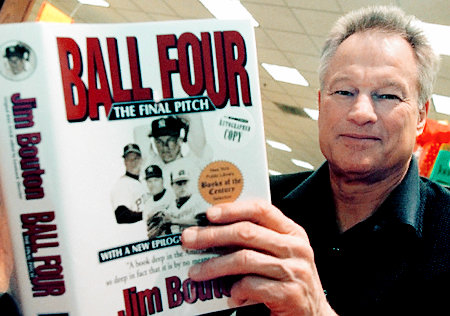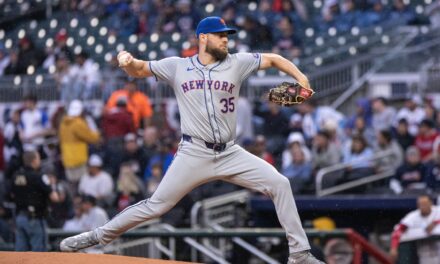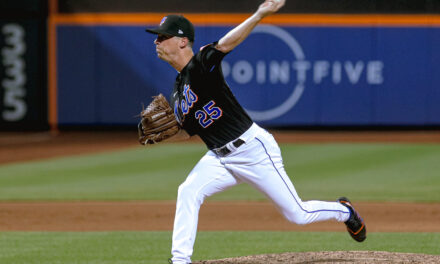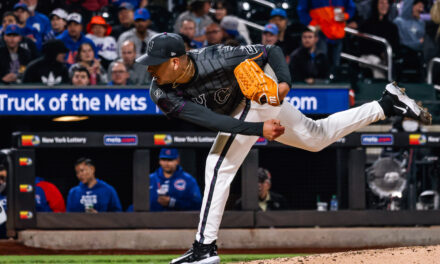
I first remember reading about ‘greenies’ in Ball Four, Jim Bouton‘s eye-opening autobiography about the everyday grind of a ball player. He mentioned how ‘greenies’, better known as amphetamines, were readily available and used by players.
I was a teenager at the time and compared it to getting a Star in Super Mario Brothers – it made the character better for a time, but it slowly faded away. While it was a great experience, I couldn’t imagine playing the whole game like that but that wouldn’t stop me from searching for a Star for a quick pick-me-up.
OK, that’s a poor analogy of the influence of something that, according to Phillip Smith of AlterNet, has been inbred in the baseball culture since soldiers returned from the battlefields of World War II and took the same stimulants they were provided by the military.
Harold Friend of Bleacher Report mentioned the military connection to greenies, ‘restorative’ drugs to overcome the effects of fatigue. In 1985, retired outfielder John Milner testified in a federal court that he was first introduced to a liquid amphetamine from a bottle he took from the locker of the immortal Willie Mays when he wore a Mets uniform.
From a Los Angeles Times Newswire report,
“Management wasn’t giving me greenies or red juice or speed–Willie had the red juice,” Milner said. He added, however, that he had not seen Mays take amphetamines.
Mays, who joined the Mets in 1972, said that his locker “was an open book. Anybody could go into my locker because I never had anything to hide.”
Why this part of the sport’s history seems to be hidden in plain sight is beyond me. At the end of the day, baseball asks athletes to play at a high level for 162 games in just 183 days. Throw in the demand of the modern travel schedule, days games in another city after a night game and it’s easy to see how the idea of returning to a 154-game schedule looks appealing.

David Lennon of Newsday laid out the facts in a recent column but didn’t pick a side because there really isn’t a side to pick. Less games means less money, a loss that the players union won’t be quick to sign off on. Add to that the broadcast television masters who will demand something to make up for the lost games.
Finding a happy medium for a 154-game season (or any number less than 162) between all three parties – MLB, the players union – is something that will happen with the CBA expiring in December. But the happy medium might be looking the other way when it comes to greenies.
While it’s not the happy or healthy answer that plays well with mothers, concerned citizens and the like, it is a realistic answer that has historical data behind it – the years and years of players using greenies and performing 162 times a year in 180 days at a high level.
Pro sports probably shouldn’t be what Daniel Tosh wants, but where were reporters like Murray Chass of the New York Times when it was happening in front of their eyes? He wrote about greenies in a Mike Schmidt book a decade ago and scolds commissioners Peter Ueberroth and Bud Selig for willingly turning a blind eye to something that Mike Schmidt says has ‘been around the game forever.”
Rob Neyer of SB Nation questioned Chass for holding his Hall of Fame vote from suspected players without making a “meaningful distinction between the steroids of the 1990s and the amphetamines of the 1970s and ’80s (and ’90s).”
The biggest distinction I can make from all of this is this. There was little talk about shortening the seasons when players were using greenies. Now that MLB is policing down on the drug, it’s something the commissioner and player’s union president are considering.















